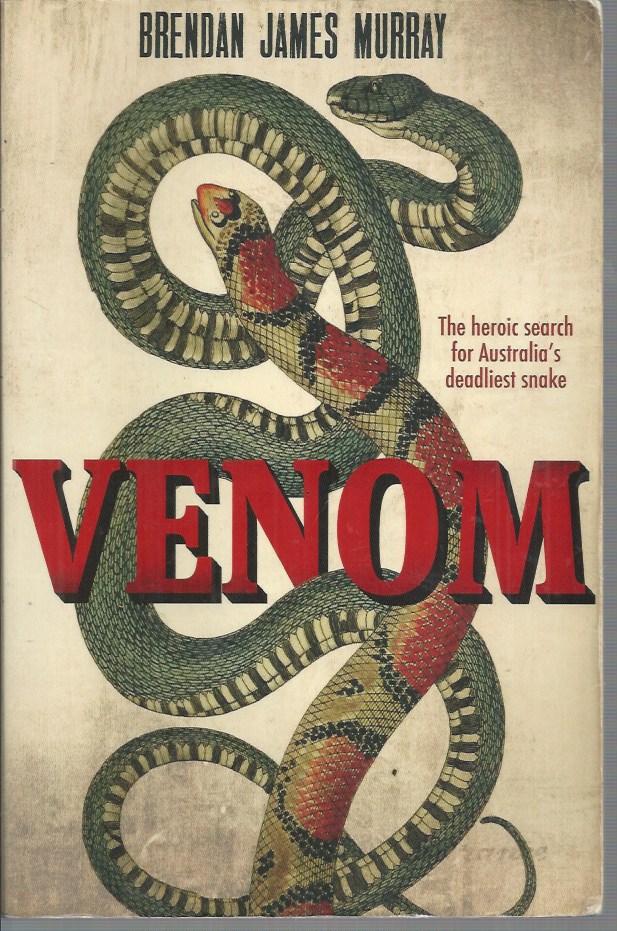AUSTRALIANA ABORIGINAL HERPETOLOGY
“In the early years of the twentieth century, an awareness was growing among European Australians of an unexpected threat, one that seemed to the very embodiment of the dark, ominous power of the Australian bush. To the Indigenous people of the Guugu Yimithirr nation, its was nguman; to the whites it was the taipan, an eight foot lightning fast venomous snake whose bite meant certain death. Venom is an examination of European settlers’ troubled and often antagonistic relationship with the land, seen through the lens of the desperate scramble for an antivenom, and highlighted by the story of George Rosendale, a taipan bit victim of the Guugu Yimithirr nation.”
“It was said to be a giant, red-eyed, copper-coloured serpent that could lash out with the ferocity of a crocodile. Until the Wikmunkan people of the Cape York Peninsula lead naturalist Donald Thomson to a living speciman in 1933, the reptile was thought to be a myth. Thomson published a scientific paper about the discovery of the taipan but, as Brendan James Murray points out, it was hardly a discovery, more a “translation into white mythology of what Wikmunkan people and others had always understood.” This dual perspective makes Venom much more than a tense, vividly written human drama about the race to make an antivenom for one of the most deadly snakes in the world. Through the remarkable survival story of Indigenous boy George Rosendale, Murray subtly traces the venom unleashed by European settlers themselves.” —Sydney Morning Herald
First Edition.
- xiii, 385 pages : illustrations, portraits ; 24 cm #210324
- Rosendale, George
- Oxyuranus — Venom — Australia — Social aspects
- Poisonous snakes — Venom — Australia — Social aspects
- Guugu Yimithirr (Australian people) — Mythology
- Mythology, Aboriginal Australian
- Europeans — Australia — History
- Antivenins — History
- Snakebites — Australia — History
- Australia — Environmental conditions
- Australian
